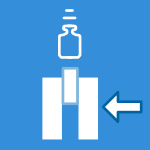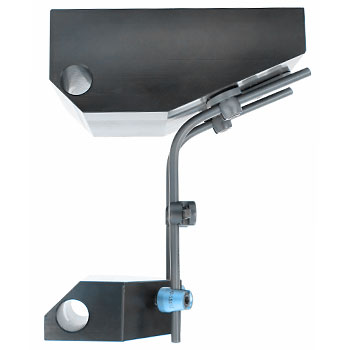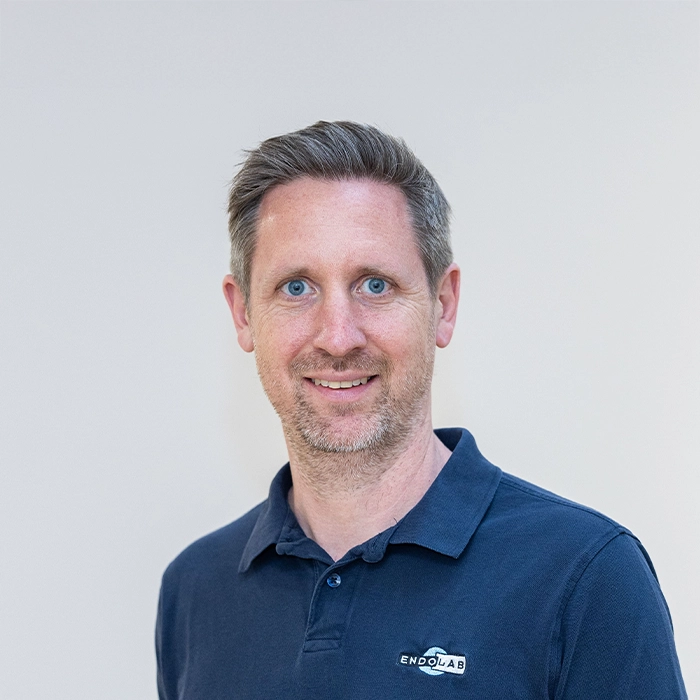ASTM F2706: Standard Test Methods for Occipital-Cervical and Occipital-Cervical-Thoracic Spinal Implant Constructs in a Vertebrectomy Model
These test methods describe the materials and methods for the static and fatigue testing of occipital-cervical and occipital-cervical-thoracic spinal implant constructs in a vertebrectomy model. The test materials for most combinations of spinal implant components can be specific depending on the intended spinal location and intended method of application to the spine.
Static loading as axial compression, axial tension and torsion tests are described within this standard. Furthermore this test method describes dynamic compression and dynamic torsion tests. Static and dynamic loading is performed for the worst case scenario. Load transfer between the resection lines has to be guaranteed by the implant without bone support (see figure). Two polyacetal blocks are used for implant fixation. The dynamic loading is performed up to 5 million cycles at about 5 Hz frequency. In general six specimens are tested. Regular tests are performed in air at room temperature.



